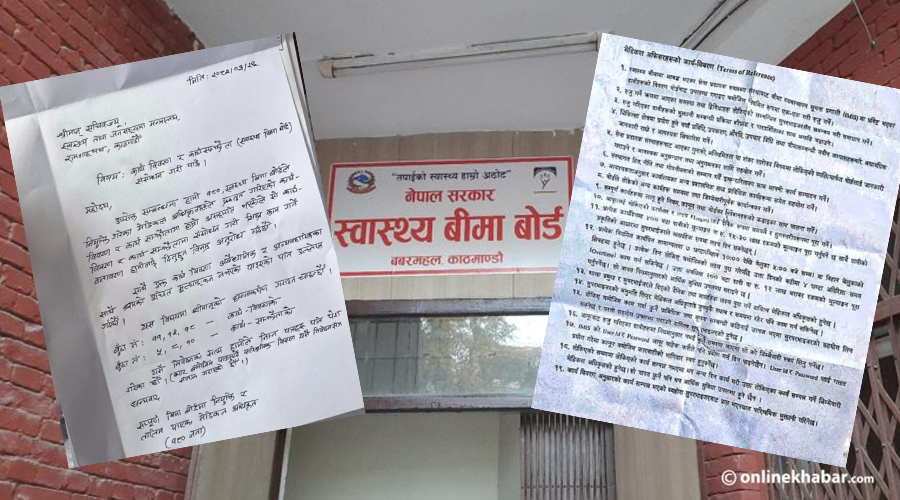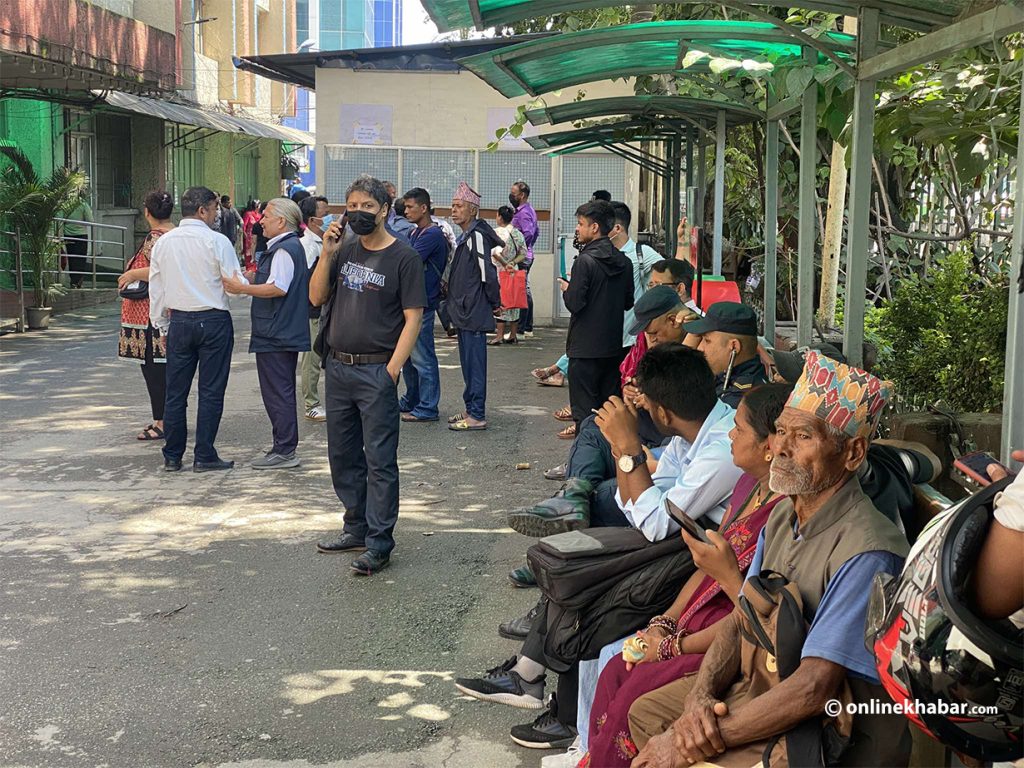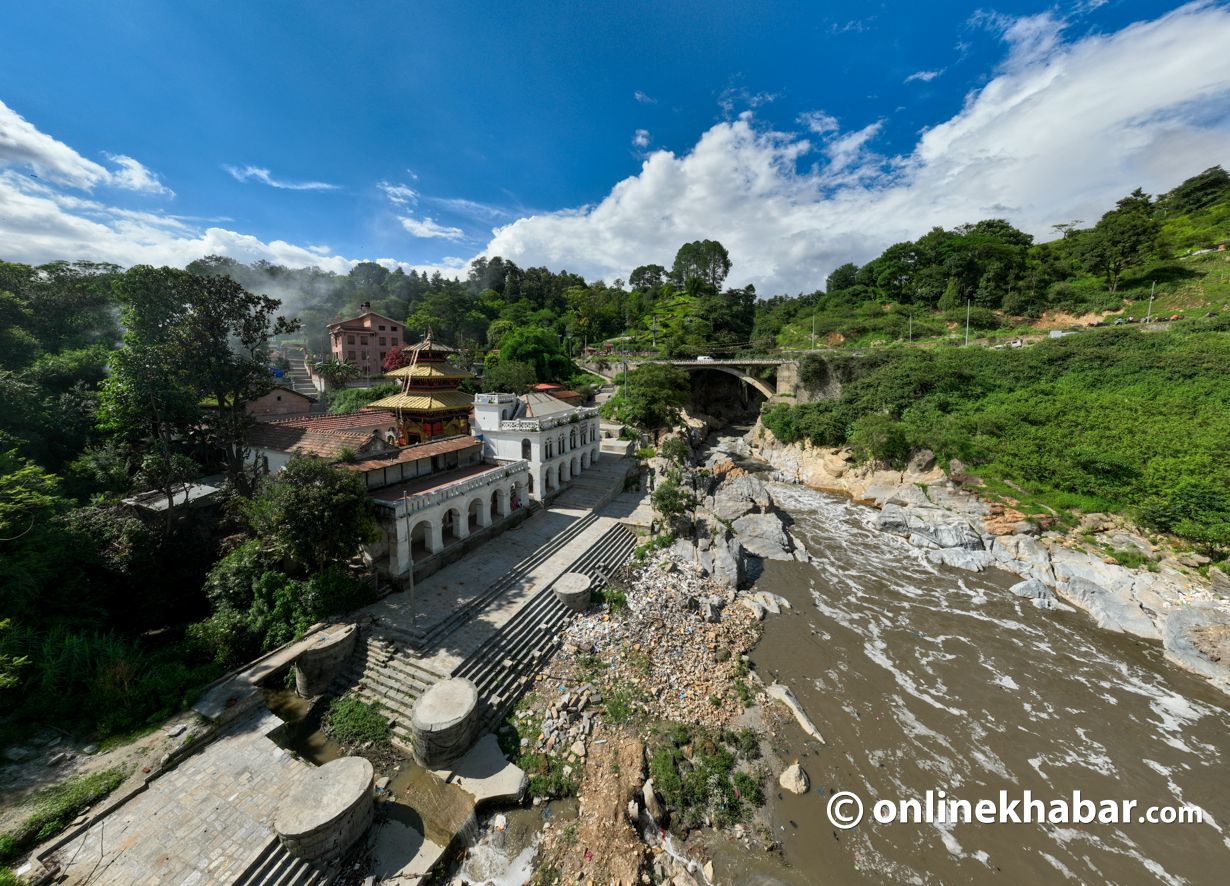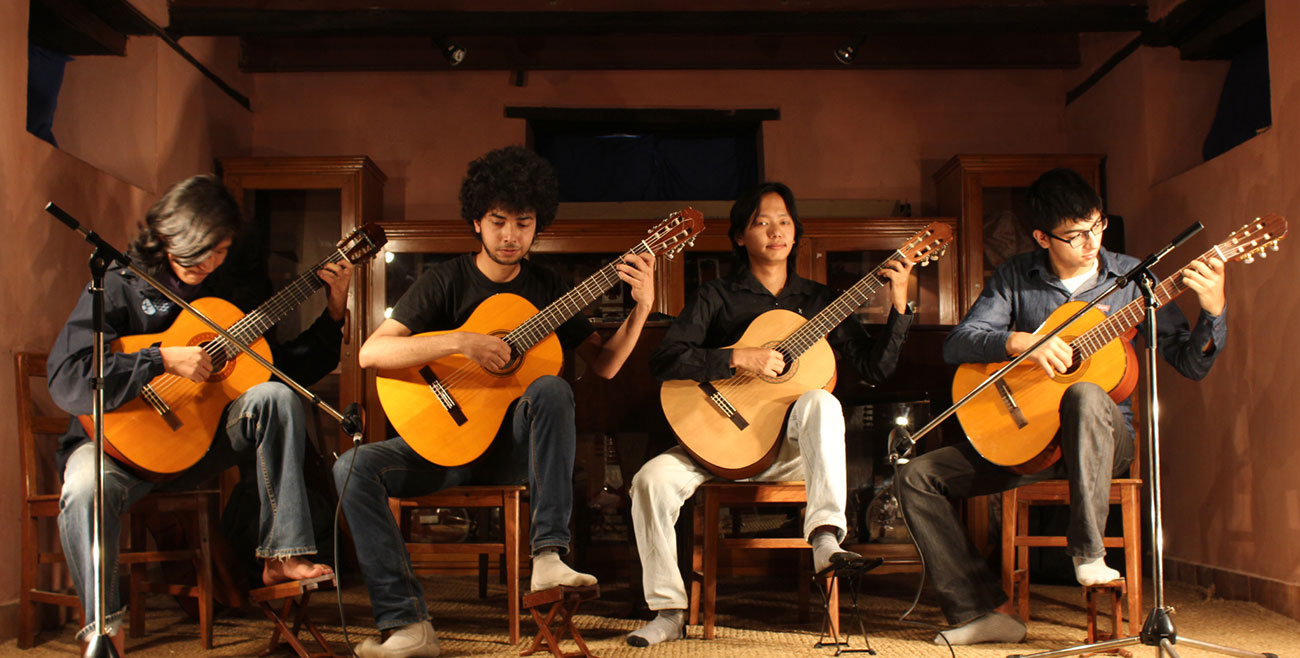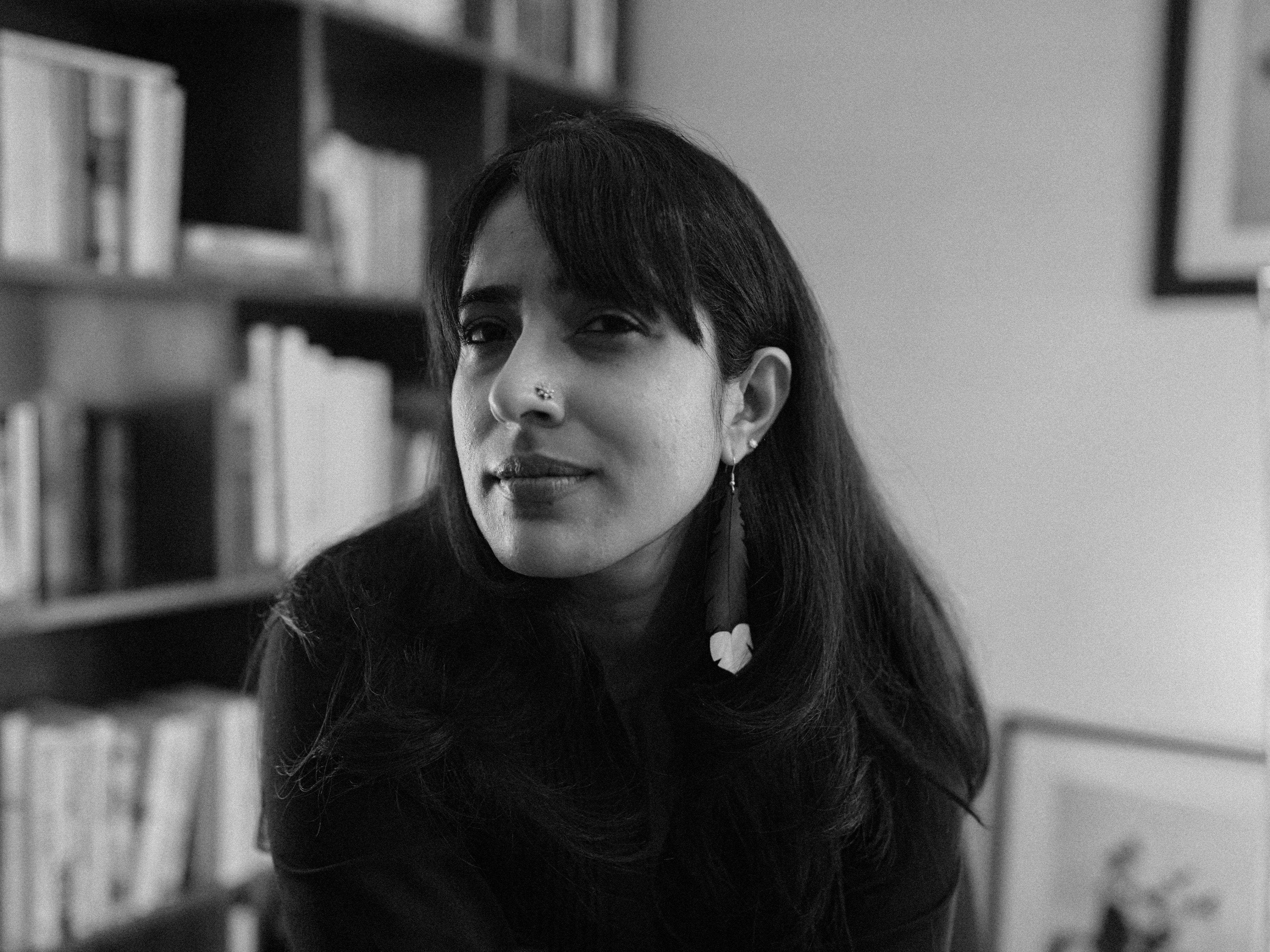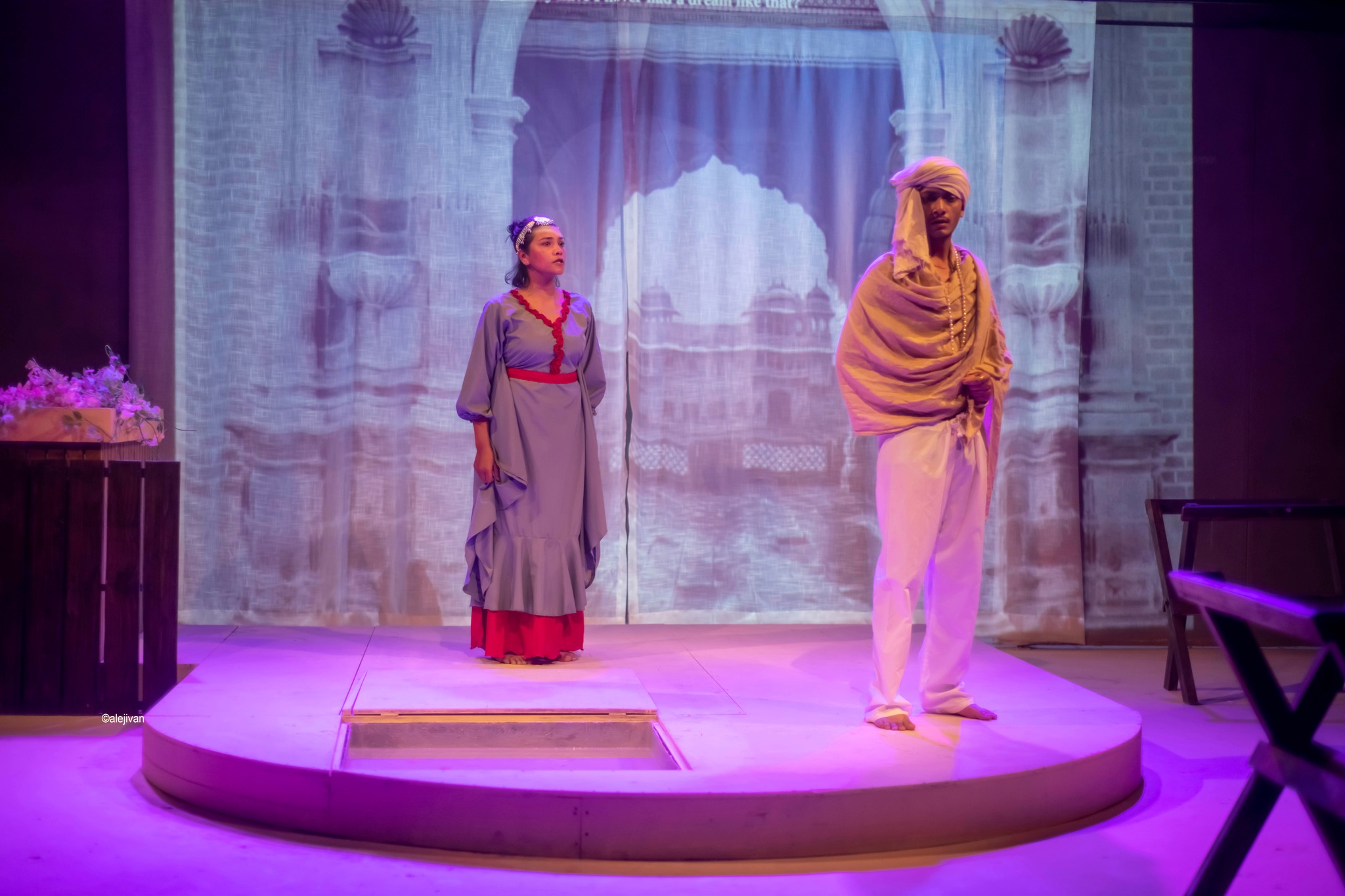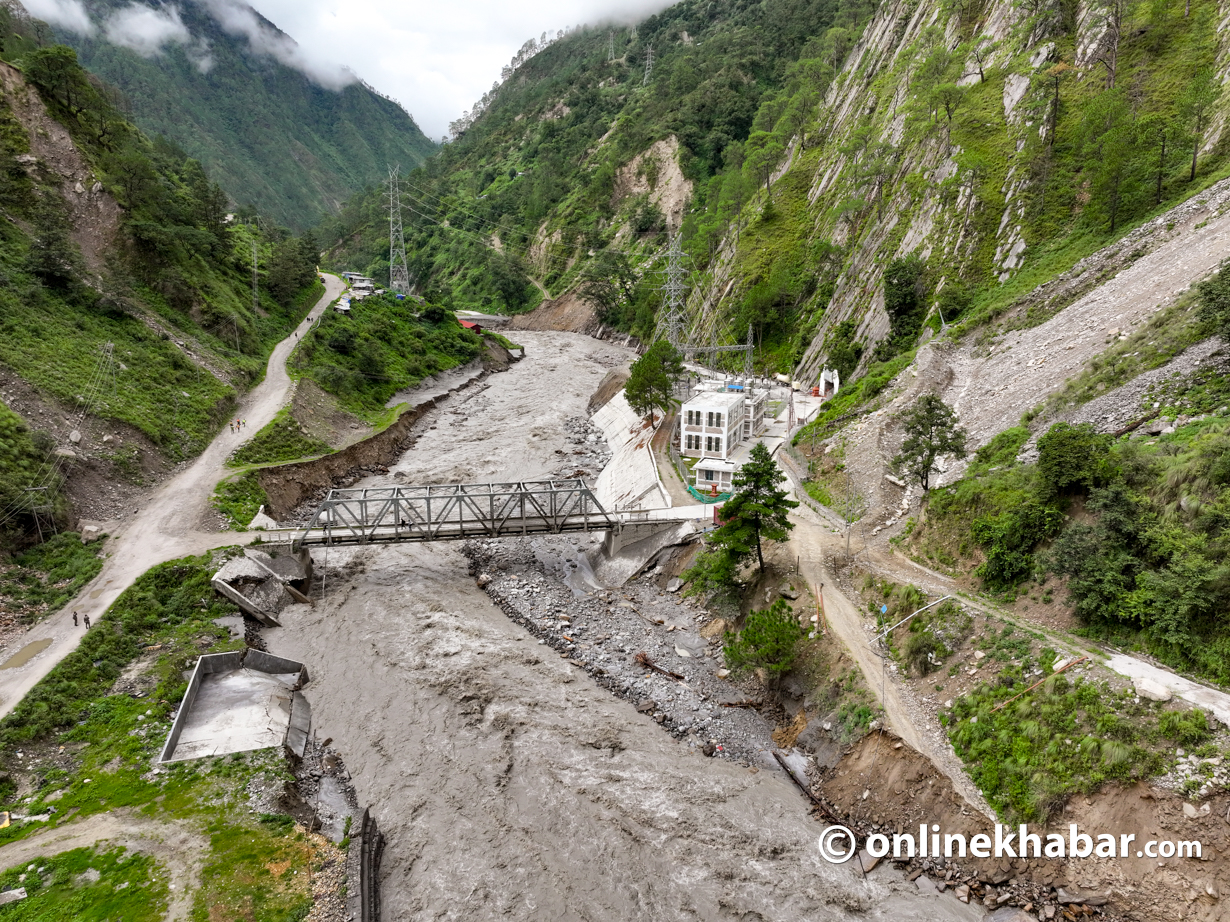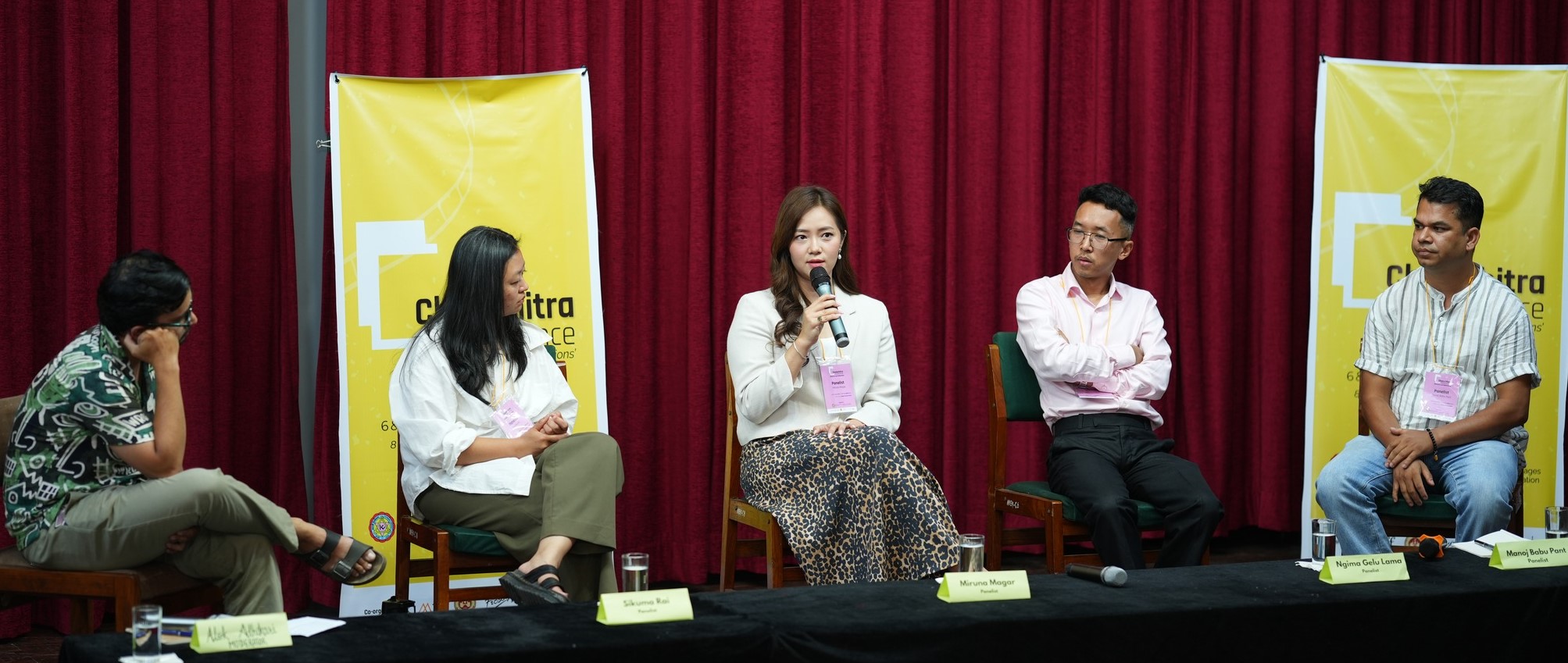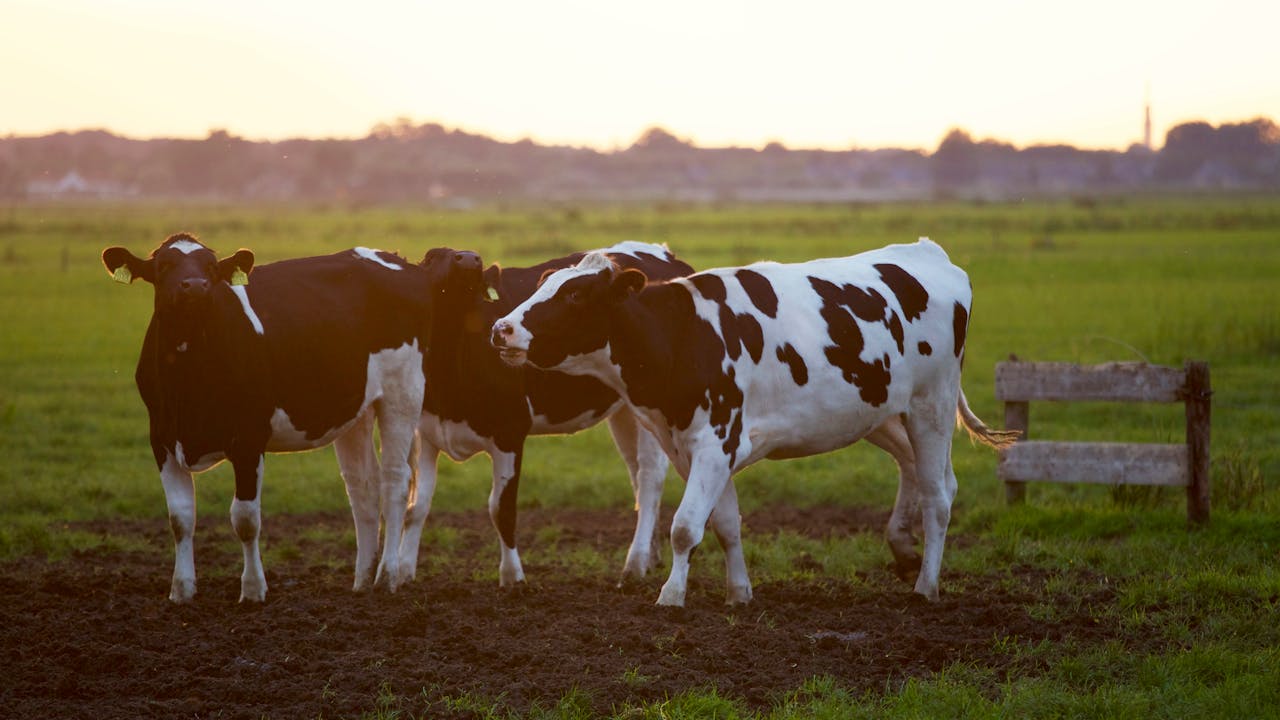When Maya Sherpa was a little girl in a village in the hilly district of Okhaldhunga, she often saw her father and uncles guide foreigners on treks. When the men returned, they would bring new clothes and delicacies for their families. Maya had heard of villagers who had forged lasting friendships with trekkers. There were stories of foreigners helping their guide’s family, sometimes even his entire village, climb out of poverty.
That was how Maya saw that trekking could help improve her life. She dreamed of becoming a trekking guide.
Even as a child she did not live according to other people’s expectations. “I never accepted gender stereotypes, never backed out of a difficult task because I was a girl,” she remembers. Her relatives often told her parents that Maya would achieve great things.
“I always wanted to do something that required courage. I wanted to stand out from the crowd. I wanted to be an example for women, no matter what profession I chose.”
When she was seven, her parents sent her to live with her uncle’s family in Kathmandu. School became her priority, and the girlhood fascination with trekking dwindled. When she passed her School Leaving Certificate exams, her ambition in life was to join the Nepal Police. But she didn’t have acquaintances in high places–something people told her was a prerequisite for getting in. She did not even try.
But Maya was not one to wallow in despair. “I always wanted to do something that required courage. I wanted to stand out from the crowd. I wanted to be an example for women, no matter what profession I chose.”
She took up weightlifting and boxing. However, all these were not careers paths for a woman in Nepal—at least not in the early 2000s. A couple of years went by with Maya spending her days training in things that she never saw as career paths. Maya’s father wasn’t pleased.
Maya walked for hours to a friend’s apartment. During that long walk she had decided that she would not return home until she had done something big.
Maya’s father wasn’t pleased.
One day when Maya was 21 and still unemployed, her father launched into yet another harangue on the importance of earning a living. Unable to stand the lecture, Maya stormed out of the house in a rage. A strike had been called on that day; there was no public transportation on the streets.
Maya walked for hours to a friend’s apartment. During that long walk she had decided that she would not return home until she had done something big.
The Call
A couple of days passed but Maya had not figured out what she was going to do to earn a living. She decided to go to her uncle’s house, where she had lived for years after coming to Kathmandu. When she got to her uncle’s front door, the phone was ringing.
She went in and answered it.
It was a man from her village, a trekking guide. He had phoned to ask if her uncle knew a woman who could guide female clients on a trek. He asked Maya if she would like to give it a try. Maya took the offer.
The trekking company decided to give Maya a chance.
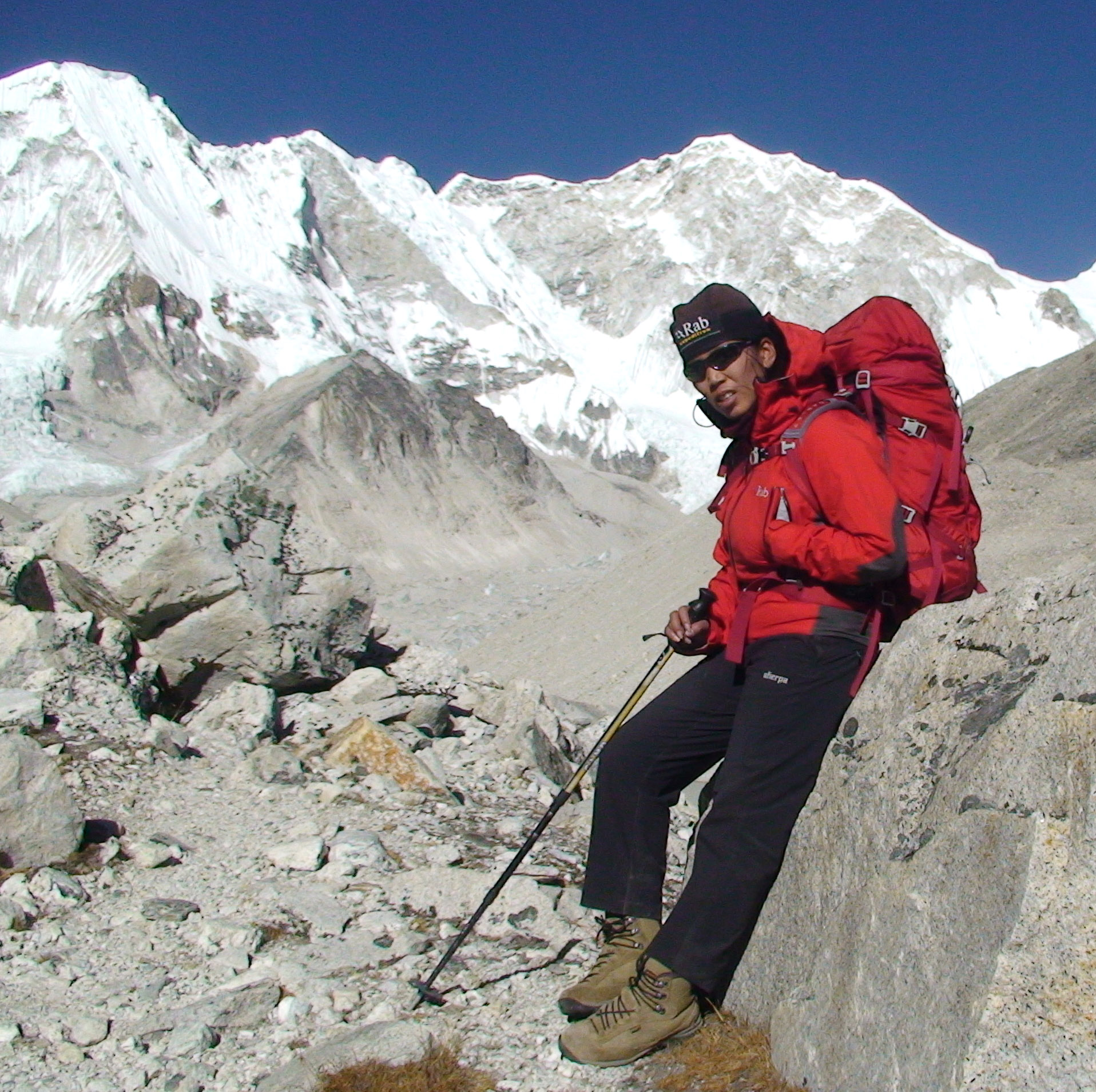 Within days of the phone call the trekking company hired Maya and sent her on a ten-day trek to Pumori Base Camp. While on the trek, Maya made up her mind to become a trekking guide. Before sending Maya on that trek her bosses had told her that if she proved herself to be a capable guide there was another, longer, trek lined up for her.
Within days of the phone call the trekking company hired Maya and sent her on a ten-day trek to Pumori Base Camp. While on the trek, Maya made up her mind to become a trekking guide. Before sending Maya on that trek her bosses had told her that if she proved herself to be a capable guide there was another, longer, trek lined up for her.
Maya found herself in Langtang, attending a basic mountaineering training held by the Nepal Mountaineering Association.
She did well on the trek, and within days of guiding her first trek, Maya was part of a group on a 25-day circuit of the Manaslu region. Once again the company tabled a delicious offer: if Maya managed to prove herself on the high passes, some of which were over 5000 meters, the company would consider paying for a basic training and sending her to climb mountains.
Maya proved to be capable at high altitudes, and the trekking company kept its word. Maya found herself in Langtang, attending a basic mountaineering training held by the Nepal Mountaineering Association. She was the only woman in a group of 32 trainees.
“There wasn’t another woman to talk to during that training period, but I felt proud rubbing shoulders with men,” Maya says.
A week after she completed her training, Maya’s life changed forever. The company Maya worked for also outfitted big expeditions. Among their clients was the renowned mountaineer Daniel Mazur, who wanted to see more Nepali women in the male-dominated mountaineering profession. He offered to sponsor Maya’s expedition to Ama Dablam.
Just like that, Maya found herself on the mountain. Then, history: on 23 October 2003, Maya stood atop Ama Dablam, the first Nepali woman ever to do so.
Maya’s success on Ama Dablam made her see that mountaineering offered ample opportunities for women. But the media attention that followed blew her away. Major newspapers and TV channels came to her for interviews. She saw that climbing was not only about money; it was a profession that offered fame and esteem. She decided to become a mountaineer.
In the years that followed Maya summited one mountain after another. She was the first Nepali woman on Cho Oyu (8,201 m), Pumori (7,161 m), Baruntse (7,129), and Khan Tengri (7,010 m). “People would tell me, ‘For you climbing mountains is becoming like going up Swoyambhunath: you just go and you get to the top.’”
Maya has been on 16 expeditions so far, all but two of which have resulted in successful ascents: bad weather denied her a chance to summit Lhotse, and on Shishapangma back pain forced her to turn back a mere two hundred meters from the summit. She has summited Everest thrice.
She is also the only Nepali woman alive today to have scaled Everest from the north and the south side.
Return to Heights
Barely a year after climbing Ama Dablam Maya’s parents began badgering her to get married. Proposals were pouring in. Maya countered by saying that she was only starting out on her career. “I knew that marrying a Nepali was marrying into a family. There would be in-laws and other relations to which I would be committed and would need to devote time. Climbing would not be possible if I married a Nepali.”
Maya always wanted a life partner who understood what she did and why she did it, and so would offer her more freedom.
In 2004, Maya was a guide on an expedition to Cho Oyu. The team leader was a Dutch climber, Arnold Costner. Maya knew him and he knew her, in the way that two professionals know each other. Over the course of the fifty-day expedition, the professional relationship flowered into love.
Maya always wanted a life partner who understood what she did and why she did it, and so would offer her more freedom. Arnold, an experienced climber himself, fitted that description perfectly. Besides, getting married to a mountaineer meant she could spend time with her spouse and continue her love affair with mountaineering simply by climbing with her husband. Maya and Arnold took their vows in 2006.
Four years later Maya became the mother of a girl. For the next four years she quit climbing to raise her daughter.
“Every moment I spent with my daughter during those four years was precious, but I knew that just raising children was not my life. I couldn’t disappear from the mountaineering scene like that.”
When she decided it was time to return to mountaineering, she wanted to climb a mountain that was tougher than the ones she’d climbed before.
So she went around asking climbing friends which was the most dangerous mountain.
The answer was unanimous: K2.
Wives and Mothers Can Climb Too
Maya had always wanted to climb K2, the mountain considered to be the most technically difficult of all the ‘eight-thousanders’. It was a desire shared by another heroic woman climber, Pasang Lhamu Sherpa Akita, the 2016 National Geographic People’s Choice Adventurer of the Year.
Both women had nurtured the dream in their hearts for years. When they first talked about going to K2 they had agreed that they would need to have considerable experience before they could even consider themselves ready for the mountain where one person dies for every four successful ascents.
Maya had heard for years that women’s physical abilities went downhill after becoming a mother.
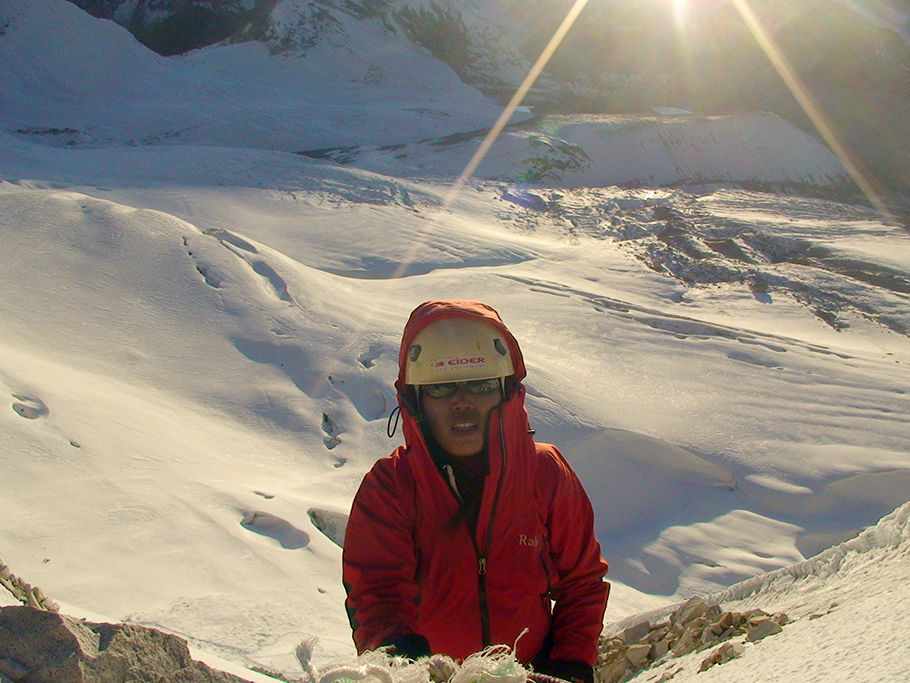
“I get very angry whenever people tell me I can’t do something because I am a woman,” Maya says, slightly exasperated at even the thought of it.
“We decided to go to K2 to prove that women, whether they were wives or mothers, could climb the toughest mountains in the world. All three of us were married. We wanted to be an example to married women, to show the world that women can pursue their dreams after marriage and childbirth. Our bodies might weaken after giving birth, but our minds shouldn’t.”
There was also the chance to become the first Nepali woman atop K2. But it wasn’t going to be easy. At that point, the only other Nepali woman who had been anywhere near the K2 summit was Lhakpa Sherpa, who has climbed Everest a record seven times. She had got as far as Camp 3 before K2’s infamous bad weather forced her to abandon the climb.
Maya, Pasang Lhamu and Dawa Yangzum Sherpa decided that they would try and be the first ever all-women team to summit K2.
The struggles for Maya and her team began in Kathmandu. They needed to raise a huge amount of money for the expedition. Maya had never asked for donations to fund a climb before. She and her teammates went from door to door to ask for help.
“We had a really hard time collecting money for our K2 expedition. Climbing mountains is less painful than raising money.”
It was never going to be easy to convince people that an all-women’s team could scale a mountain like K2. “I called home from K2 Base Camp. My mother told me that there was a rumor going around that we were going to saunter up to base camp, spend a couple of days there, call off the expedition citing bad weather, and pocket the money we had collected. We were fuming. But we used that anger to motivate ourselves.”
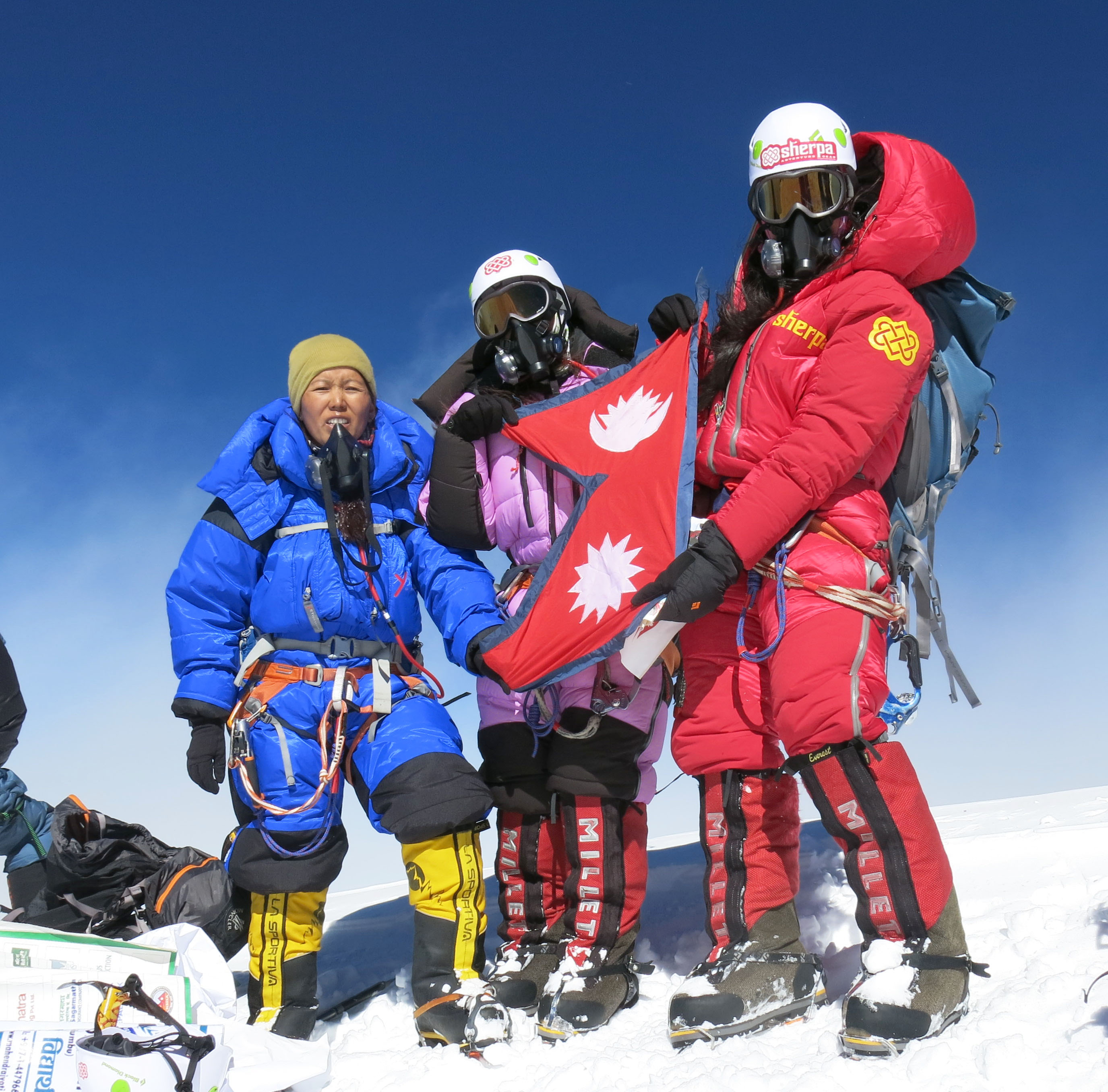
Propelled by anger and the desire to prove people wrong, the trio successfully made it to the summit at 2:30 PM on 26 July 2014. When Everest reopened after two years in 2016, Maya summited it again.
Although Maya is happy with her accomplishments and those of fellow female climbers like Pasang Lhamu and Dawa, she says that there is a dearth of women who have the will to get into mountaineering, and continue.
Between climbing and guiding clients on mountains, Maya and her husband run a company that organizes expeditions and treks. Other than the annual vacation she takes to Switzerland, Maya seems as wary of comfort as of a crevasse. She and Pasang Lhamu and Dawa are planning a first ever all-women expedition to Kanchenjunga.
Although Maya is happy with her accomplishments and those of fellow female climbers like Pasang Lhamu and Dawa, she says that there is a dearth of women who have the will to get into mountaineering, and continue.
“A lot of people say that women need to be given more opportunities in Nepal. That is true, but women also need to make the most of the opportunities that come their way. Daniel Mazur helped three or four other women who worked in the same trekking company as me. But the others gave up after a while.”
The number of women taking up mountaineering courses, she says, is dismally low.
She doesn’t understand why women won’t take up an opportunity that can open so many doors.
Maya Sherpa is President of the Everest Summiteers Association, a sought after mountain guide, co-owner of a successful expedition company. She gives dozens of talks a year on her adventures. She is living it large. That is what people around her say. She agrees, but reminds people that it was never easy, never will be, especially for Nepali women. “Being a woman, the hard bit is proving yourself. After you do that, doors open.”
(All photos: Maya Sherpa)




